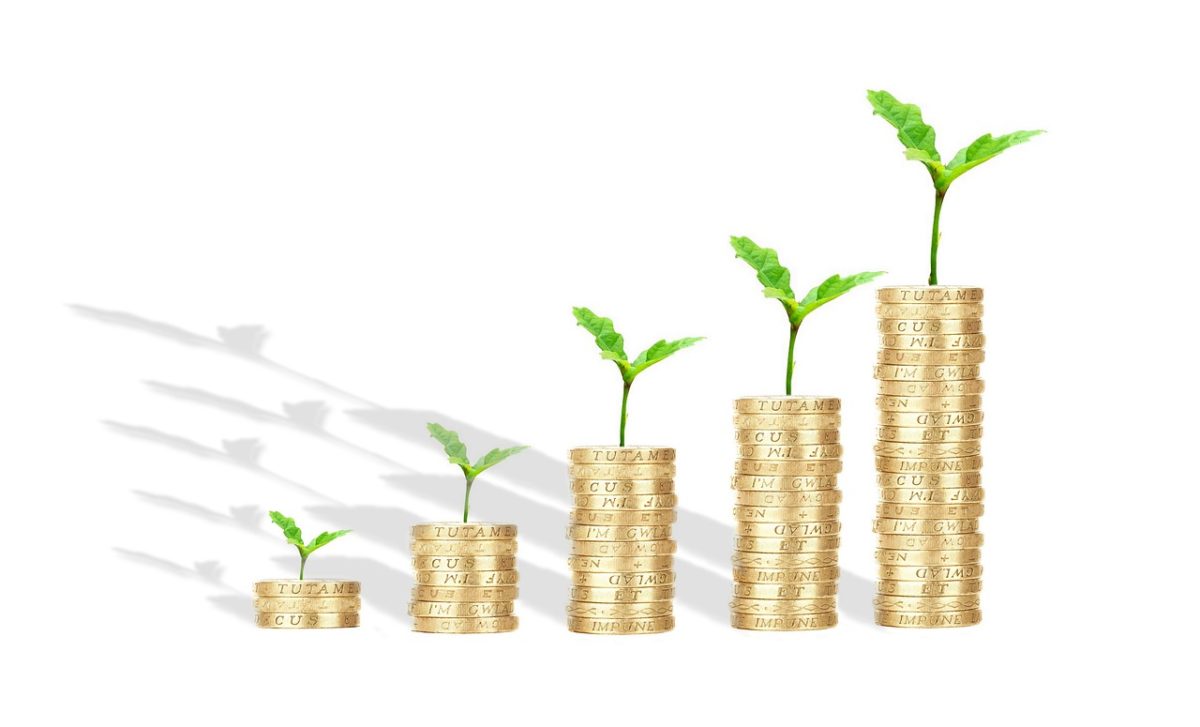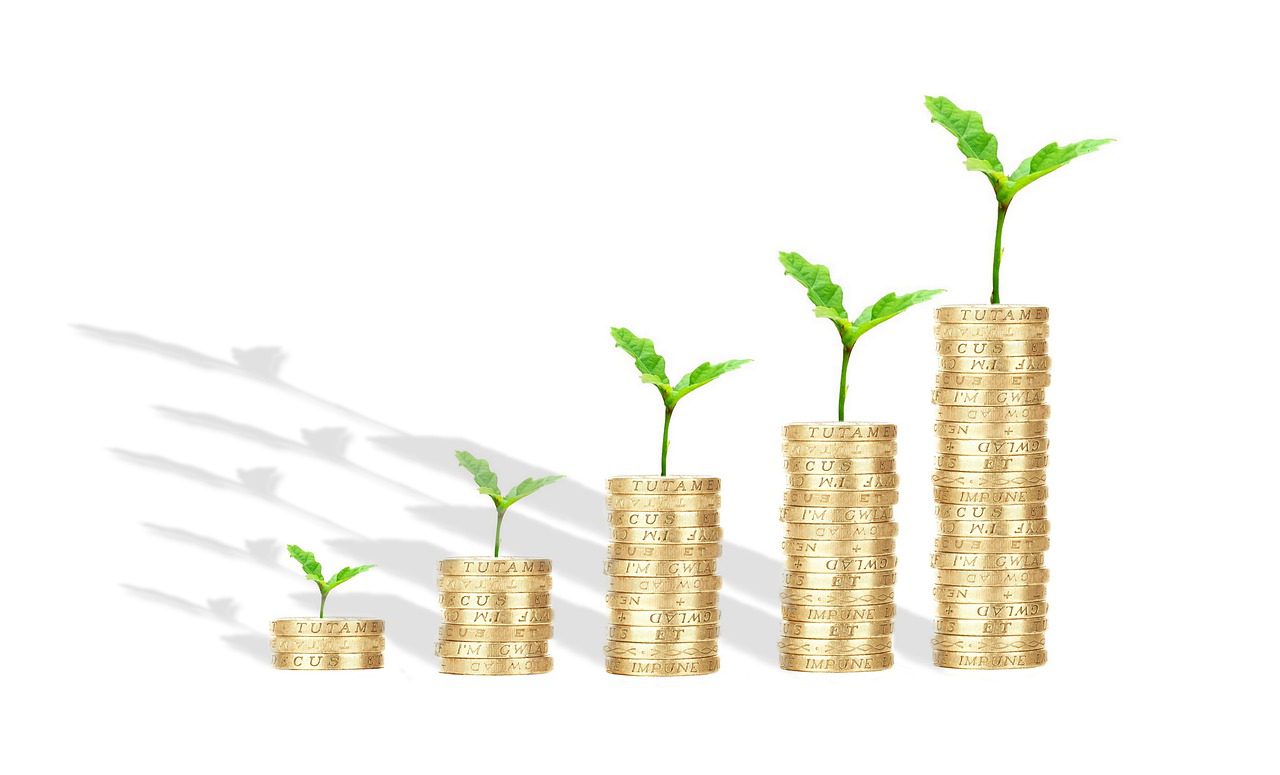The recent market declines have been steeper and of longer duration than many expected, making it difficult to determine how to adjust your portfolio.
Should you leave it alone, hoping the market will quickly rebound to much higher levels? Or should you sell everything and put your money in cash accounts?
The appropriate answer probably lies somewhere between those two extremes. What you should do is thoroughly review your portfolio. Consider these tips when analyzing your portfolio:
Take another look at your financial goals.
Now it’s time to face reality. If your portfolio declined substantially in the past three years, it would probably affect your financial goals. Recalculate how much you need to save on an annual basis, based on your investments’ current value and a reasonable future rate of return.
Be prepared to readjust your goals. For many people, one of the most painful results of the market declines has been the realization that they are now going to have to delay retirement.
Set an asset allocation strategy for the long term.
The most basic investment decision you’ll make is how to allocate your portfolio among the various investment categories, such as cash, bonds, and stocks. You want to ensure your portfolio is diversified among various investments, so when one category is declining, other categories will be increasing or not decreasing as much. To decide how to allocate your portfolio, you’ll first need to come to terms with your risk tolerance.
Factors like your time horizon for investing and return expectations will also impact your decision. Once you’ve decided on an asset allocation strategy, you’ll need to adjust your current portfolio to get it in line with that allocation.
Thoroughly review each investment in your portfolio and decide whether you should continue to own it.
Some stocks will rebound from the recent market declines, while others may never rebound. If you think an investment won’t rebound or will take a long time to do so, you may want to sell it and reinvest in others with better prospects. It’s a painful thing to do since most investors have an aversion to selling at a loss. But it’s an important step to ensure your portfolio is on track going forward.
Also, make sure your remaining investments are all adding diversification benefits to your portfolio. Just because you own a number of investments doesn’t mean you are properly diversified. Often, investors keep purchasing investments similar in nature. That doesn’t add much in the way of diversification and makes the portfolio difficult to monitor.
Look for investments you’ll be comfortable owning for the long term.
It’s tempting to look for the biggest winners in investments and put your money there. In essence, however, you are chasing yesterday’s winners rather than tomorrow’s winners.
You need to keep in mind that the best-performing investment category will change from year to year. A better strategy may be to select a diversified portfolio of investments you’ll be comfortable owning for the long term, so you have some money invested in each of the major investment categories.
Use dollar cost averaging to invest.
If you’ve been investing throughout the market declines, you have probably been purchasing at lower and lower prices, making you wonder whether it makes sense to keep putting money in the market. The point of dollar cost averaging is to invest a set amount of money in a certain investment on a periodic basis. When prices are lower, you will purchase more shares than when prices are higher, following half of the investing principle of “buy low and sell high.”
But the most important part of dollar cost averaging is that it forces you to continue investing when you really don’t want to invest. In the long run, when and if the stock market rebounds, you will probably be glad you had the discipline to continue investing during this market downturn. (Keep in mind that dollar-cost averaging does not guarantee a profit or protect against losses.
Because it involves continuous investment regardless of fluctuating price levels, you should consider your ability to continue investing through periods of low price levels.)
Pay attention to taxes.
Taxes are probably your portfolio’s largest expense. Ordinary income taxes on short-term capital gains, interest, and dividends can go as high as 38.6%, while long-term capital gains are taxed at rates not exceeding 20% (10% if you are in the 15% tax bracket). Using strategies that defer income for as long as possible can make a substantial difference in the ultimate size of your portfolio.
Some strategies to consider include utilizing tax-deferred investment vehicles (such as 401(k) plans and individual retirement accounts), minimizing portfolio turnover, selling investments with losses to offset gains, and placing assets generating ordinary income or that you want to trade frequently in your tax-deferred accounts.
Review your portfolio at least annually.
You can’t just adjust your portfolio now and leave it on autopilot. You need to keep an eye on your portfolio in case market, or company situations require changes. By reviewing your portfolio annually, you’ll have an opportunity to make adjustments on an ongoing basis, which should prevent major overhauls in the future.




 These assets might be stocks, bonds, or other financial instruments or be subject to increases in price thanks to inflation. If we have one of these goods that increase in price over time, in the long run, if we decide to sell the good, we will make a profit.
These assets might be stocks, bonds, or other financial instruments or be subject to increases in price thanks to inflation. If we have one of these goods that increase in price over time, in the long run, if we decide to sell the good, we will make a profit.
